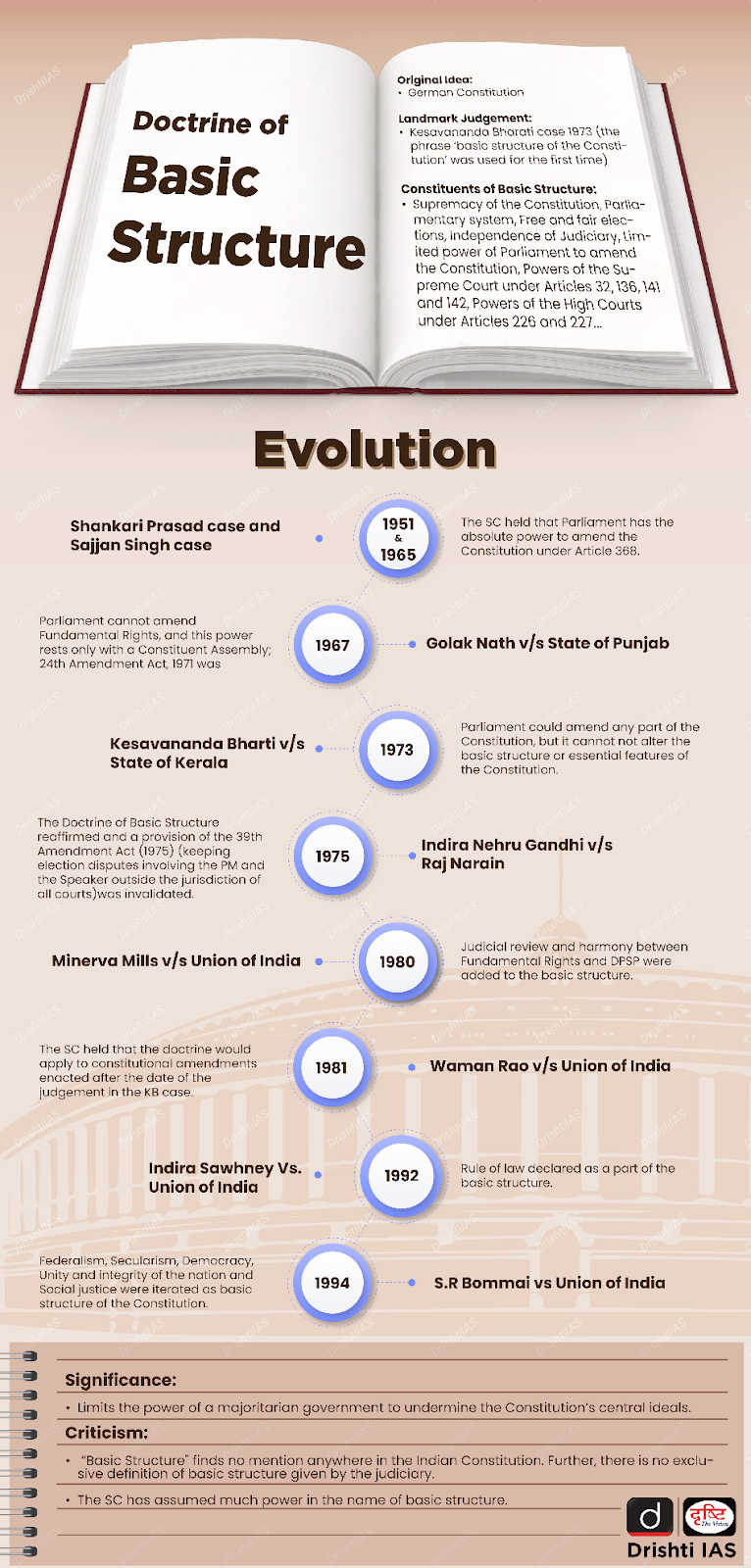Rapid Fire
Rapid Fire Current Affairs
- 25 Apr 2023
- 7 min read
Sea-Based Ballistic Missile Defense Interceptor
Defence Research and Development Organisation (DRDO) and Indian Navy successfully conducted a maiden flight trial of a sea-based endo-atmospheric interceptor missile off the coast of Odisha in the Bay of Bengal. The purpose of the trial was to engage and neutralize a hostile ballistic missile threat, which would elevate India to the elite club of nations having Naval Ballistic Missile Defence (BMD) capability. Prior to this, DRDO had successfully demonstrated a land-based BMD system with the capability to neutralize ballistic missile threats from opponents. With this successful test, India has achieved self-reliance in developing highly complex network-centric anti-ballistic missile systems, which marks a significant step towards India's strategic defense capabilities. This successful test also highlights India's commitment towards ensuring national security through indigenously developed technologies.
Read more: Ballistic Missile Defence (BMD)
National Generic Document Registration System
The Department of Land Resources (DoLR) (Ministry of Rural Development) has reported that as many as 28 States/UTs in India have adopted the National Generic Document Registration System (NGDRS) for land records. This system allows for eRegistration in these States/UTs, or they have started sharing data with the national portal of NGDRS through User Interface/API. Additionally, the Unique Land Parcel Identification Number (ULPIN) or Bhu-Aadhar has been adopted by 26 States/UTs. Furthermore, some States are using ULPIN in the SVAMITVA portal.
The DoLR is implementing the Digital India Land Records Modernisation Programme (DILRMP) with 100% funding from the Government of India.
Read more: Digital India Land Record Modernisation Programme
Farmer Producer Companies
ITC Limited, one of India’s major private companies, has achieved an extraordinary feat by helping to form 78 farmer-producer companies (FPCs) also known as Farmer Producer Organization.
FPC is a company that is owned and run by farmers. It helps these farmers by bringing together the crops they grow and selling them as a group, which makes it easier to get better prices for their products. By working together, the farmers can also save money on things like equipment and supplies and share knowledge and expertise to improve their farming methods. This allows them to be more efficient and profitable as a group, instead of trying to compete with larger, more established businesses on their own.
In helping the formation of FPCs, ITC acted as a Cluster-Based Business Organisation (CBBO), a concept introduced in Union Budget 2019-20 to provide hand-holding support to FPCs and to meet the target of creating 10,000 FPOs by 2024. With the announcement of CBBOs, the formation of FPCs has seen a huge rise, from about 5,000 in 2018 to over 16,000 in 2023, as per data with the Union Ministry of Corporate Affairs.
Recent analysis finds that this increase has come at a cost – FPCs formed by big companies acting as CBBOs are often unable to act independently in decision-making or be farmer-centric, which defeats the purpose of their creation. The biggest challenge is that CBBOs can squeeze the FPCs for margin, which could result in FPCs becoming a captive market for goods produced or marketed by its CBBO. Furthermore, farmers argue that the real purpose of CBBOs in helping FPCs is to get cheap raw material. They believe that the purpose of FPCs was to help farmers, not big companies, get more money.
Read more: Farmer Producer Bodies Need Help
Doctrine of the Basic Structure Turns 50
The doctrine of the basic structure turns 50 this year and is considered a landmark in India's constitutional history. The Doctrine of Basic Structure refers to a constitutional principle that was established by the Constitutional Bench in the Kesavananda Bharati case of 1973. The bench ruled that Parliament could amend any part of the Constitution as long as it did not alter or amend the basic structure or essential features of the Constitution. While the court did not define the term ‘basic structure’, it listed several principles that form its part. The basic structure doctrine has been interpreted to include the supremacy of the Constitution, the rule of law, independence of the judiciary, the doctrine of separation of powers, sovereign democratic republic, the parliamentary system of government, the principle of free and fair elections, welfare state, etc.
The significance of the basic structure doctrine lies in limiting political power, the wise exercise of the judicial review process and power, and the last word resting with the Supreme Court. Judicial independence is crucial for the essence of the rule of law, and respect for constitutional conventions and practices is vital to maintain the integrity of the Constitution. The application of the basic structure doctrine can be seen in the SR Bommai case (1994), where the Supreme Court upheld the dismissal of BJP governments by the President, invoking a threat to secularism by these governments.
Read more: 50 Years of Kesavananda Bharati Judgment





